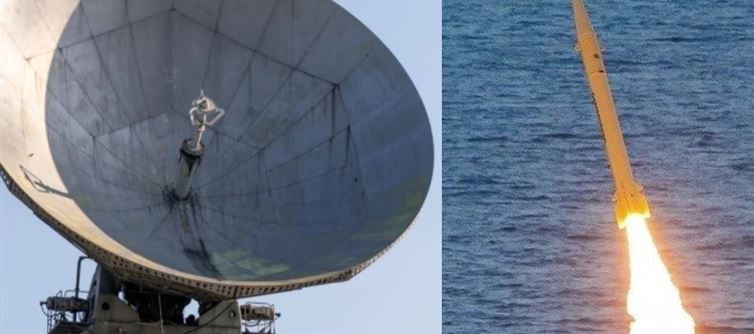
This includes the HT-233 radar and the HQ-9/P long-range air defense system, both of which are of Chinese origin. In contrast, india has improved its Suppression of Enemy air Defense (SEAD) capabilities by deploying Su-30MKI fighter jets, Russian Kh-31P anti-radiation missiles, and domestically produced Rudram-1 missiles. The technological features of these missiles, India's SEAD strategy, and Pakistan's radar deployment are the main topics of this article.
To strengthen its air defense, pakistan has placed several radar and missile systems close to the indian border.
HQ-9/P air Defense System
Type: Surface-to-Air Missile (SAM) system with a long range.
Range: roughly 125 km, however other accounts put it as high as 200 km.
Radar: HT-233 phased-array fire control radar, which is compatible with the inertial navigation system (INS) and active radar homing (ARH). Targets up to 150 kilometers away can be detected by this radar.
Features: The HQ-9/P is regarded as a more sophisticated variant of the Chinese S-300PMU, with the ability to eliminate intricate aerial threats including drones, fighter jets, and cruise missiles.
Specifically, pakistan has set up these systems throughout the provinces of punjab and Sindh, especially in the vicinity of Lahore, Karachi, and Rawalpindi. Each of these places is near the indian border.
LY-80 and LY-80EV
Type: LOMADS, or medium-range air defense system.
40–70 kilometers is the range.
Radar: L-band fire control radar and IBS-150 S-band passive electronically scanned array (PESA) radar.
Features include the use of INS and semi-active radar homing (SARH). These systems can target flying objects at low altitudes. Their main purpose is to safeguard vital infrastructure and military installations close to the border.




 click and follow Indiaherald WhatsApp channel
click and follow Indiaherald WhatsApp channel